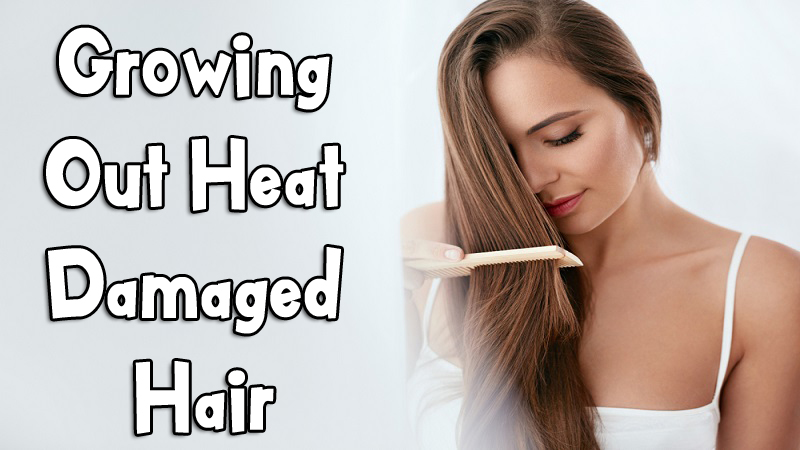How to growing out heat damaged hair
The first thing you need to consider when considering the methods of growing out heat damaged hair is whether or not you have hair that has been damaged in the first place. If you have chemically straightened hair, you can simply continue to use your hair straightener, but if you have damaged hair, you should consider trying other alternatives for treating your hair that don’t involve straightening products.
Most people think that when their hair becomes damaged due to repeated use of a product that it has naturally turned greasy and so they stop using the product. This is not true! Heat damages hair because the chemicals in many products are able to penetrate the hair shaft, because the heat causes the molecules to expand and because oil allows natural oils to be damaged.
Try Straightener
You may have tried to straighten your hair with a straightening iron for years, but you may still have some damage. When straightening your hair, try to use products that will not add curl to your hair, but instead bring out its natural smoothness. Often, these products can be used with an olive oil and castile soap mixture, which can provide some of the benefits of those products without the potentially damaging effects.
When there is damage to the hair, it will often take longer for the hair to start looking good again than it would if the damage was caused by a break or a scalp irritation, and you may need shampoos and conditioners to help you re-hydrate the hair. Don’t be discouraged if your hair is oily or shiny, and don’t give up. Getting your hair looking good again can take time and patience.
The first and most important part of preventing heat damage to your hair is to keep it dry and clean. When the hair is hot, it is less likely to break or become frizzy. Towels and combs that are greasy should be avoided and so should wet hair. Using conditioners may be necessary to restore the moisture levels in your hair.
Some people report that heat damaged hair tends to look greasy and that it may even be difficult to comb through the dry hair when it is already damaged. This is because the grease is blocking the natural oil pores, and the oil is prevented from leaving the hair by the grease.
Additional care of hair
Try to minimize the amount of conditioning and styling that you do to your hair. Even if you are certain that your hair has already experienced some heat damage, just trimming your hair every few weeks to give it a bit of time to breathe is enough to prevent further damage.
Treating your hair that has suffered heat damage this way will also help it to retain its beauty. It is not unusual for people who use heat-treated hair to notice that the hair has become shinier over time. Shrinkage from excessive styling and breaking is less likely to occur when you use straightening irons with the wrong temperature settings.
Hair color often tends to work well for treating heat damaged hair, but this is less likely to be the case if the hair is damaged. Using a dye on damaged hair is likely to cause the hair to lose color and to make it appear greasy.
While heat damage can be caused by exposure to hot temperatures, it is not necessarily caused by hot temperatures. The heat may damage hair from a condition like dandruff or even a naturally curly type of hair that needs to be coiled to avoid damage.
As you can see, it is important to treat your damaged hair in several different ways. If you find that your damaged hair looks greasy, looks oily or appears frizzy, then you should try to take care of the damage, additionally you should massage your scalp with hair coconut oil, avoid further damage and get your hair back to its original appearance.
If you are going to start straightening your hair or choosing cloud nine the original iron hair straightener to treat your hair, make sure that you get advice from a professional. You need to know that hair straightening irons can be harsh and can cause further damage to your hair.

